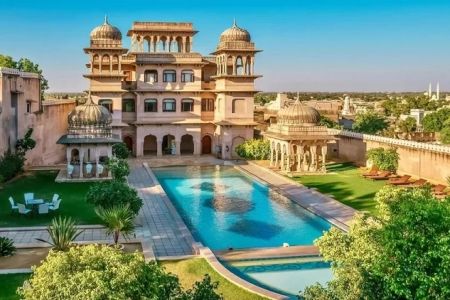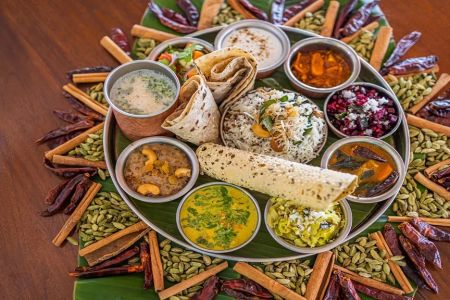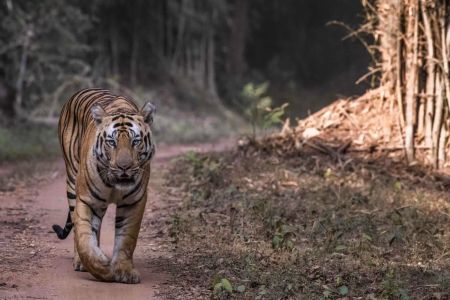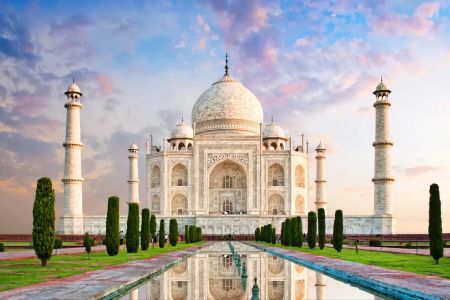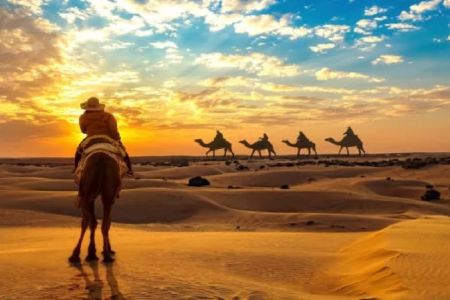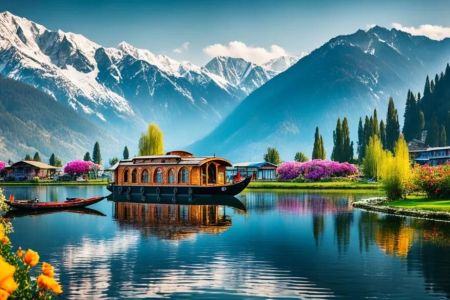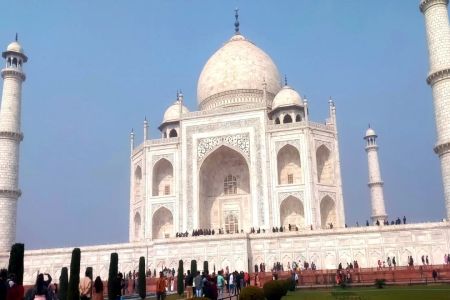Best Time to Visit India for Trekking: A Complete Seasonal Guide
1. Optimal Months for Trekking in India
When it comes to the best time to visit India for trekking, timing is everything. While India offers year-round adventure, the sweet spot generally falls between March to May and September to November. During spring and autumn, the Himalayas are clear, the air is crisp, and trails are at their most navigable. Avoid the monsoon season (June to August), especially in northern regions, where heavy rainfall can lead to dangerous landslides and slippery routes.
Spring (March to May)
In spring, the snow starts melting in the Himalayas, revealing lush meadows and blooming rhododendrons. Temperatures are moderate, ranging between 15°C to 20°C in most trekking zones. This is a great season for treks like Har Ki Dun and Triund.
Autumn (September to November)
Post-monsoon skies are crystal clear, making autumn the most popular trekking season. Trails like the Goechala Trek in Sikkim and Hampta Pass in Himachal Pradesh come alive with panoramic views of snow-draped peaks.
2. Regional Weather and Trekking Conditions
India’s geography is incredibly diverse, and so are its trekking climates. Understanding regional variations can help you choose the best time to visit India for trekking depending on where you’re headed.
Himalayan North (Ladakh, Himachal, Uttarakhand)
Trekking is ideal in the summer and early autumn months. Winters are brutal and many routes, like Roopkund and Chadar Trek, are closed or limited to experienced trekkers.
Northeast India (Sikkim, Arunachal Pradesh)
Autumn offers the most stable weather. Sikkim’s Kanchenjunga Base Camp trek is best done in October for vibrant mountain views and cultural festivals.
Western Ghats and South India
Unlike the north, the Western Ghats—including the Nilgiris and Coorg—are best explored in winter (December to February) to avoid the monsoon rains and leech-infested trails.
3. Top Trekking Destinations and Seasons
If you’re planning an adventure, here are some of the most breathtaking treks and the ideal seasons to conquer them:
1. Markha Valley Trek (Ladakh)
Best time: June to September. High-altitude desert landscapes, ancient monasteries, and raw beauty await.
2. Valley of Flowers (Uttarakhand)
Best time: July to early September. A UNESCO site filled with rare flora, this trek is magical during the monsoon break.
3. Sandakphu Trek (West Bengal-Sikkim Border)
Best time: October to December. Offers views of Everest, Kanchenjunga, Lhotse, and Makalu—all in one panorama.
4. Kudremukh Trek (Karnataka)
Best time: November to February. A lush green heaven in the south, rich with wildlife and rolling grasslands.
4. Personal Travel Stories and Expert Tips
“Trekking in India changed how I see travel,” says Marcus, a backpacker from Germany. “I did the Hampta Pass trek in October. The river crossings were thrilling, and sleeping under a star-lit sky surrounded by towering peaks felt surreal.”
Travel experts from travel india one recommend hiring local guides for safety and cultural immersion. “Many trails pass through remote villages. You’re not just walking through nature, you’re walking through stories,” notes their lead trekking coordinator.
5. Why the Right Season Matters
Choosing the best time to visit India for trekking isn’t just about pleasant weather—it can define the entire experience. Off-season trekking might mean closed trails, unpredictable weather, and missed views. In contrast, going during peak months can offer:
- Stable climate and trail safety
- Stunning mountain visibility
- Opportunities to join festivals and local events
- Access to experienced guides and group treks
6. Plan Your Next Trekking Adventure
If this guide has sparked your wanderlust, it’s time to take the next step. Whether you're craving the silent grandeur of the Himalayas or the tropical beauty of the Western Ghats, India offers a trek for every traveler, every season. Visit travel india one [ ] to explore curated trekking packages, expert advice, and insider tips.
Your trail is waiting—don’t just dream it, trek it.


